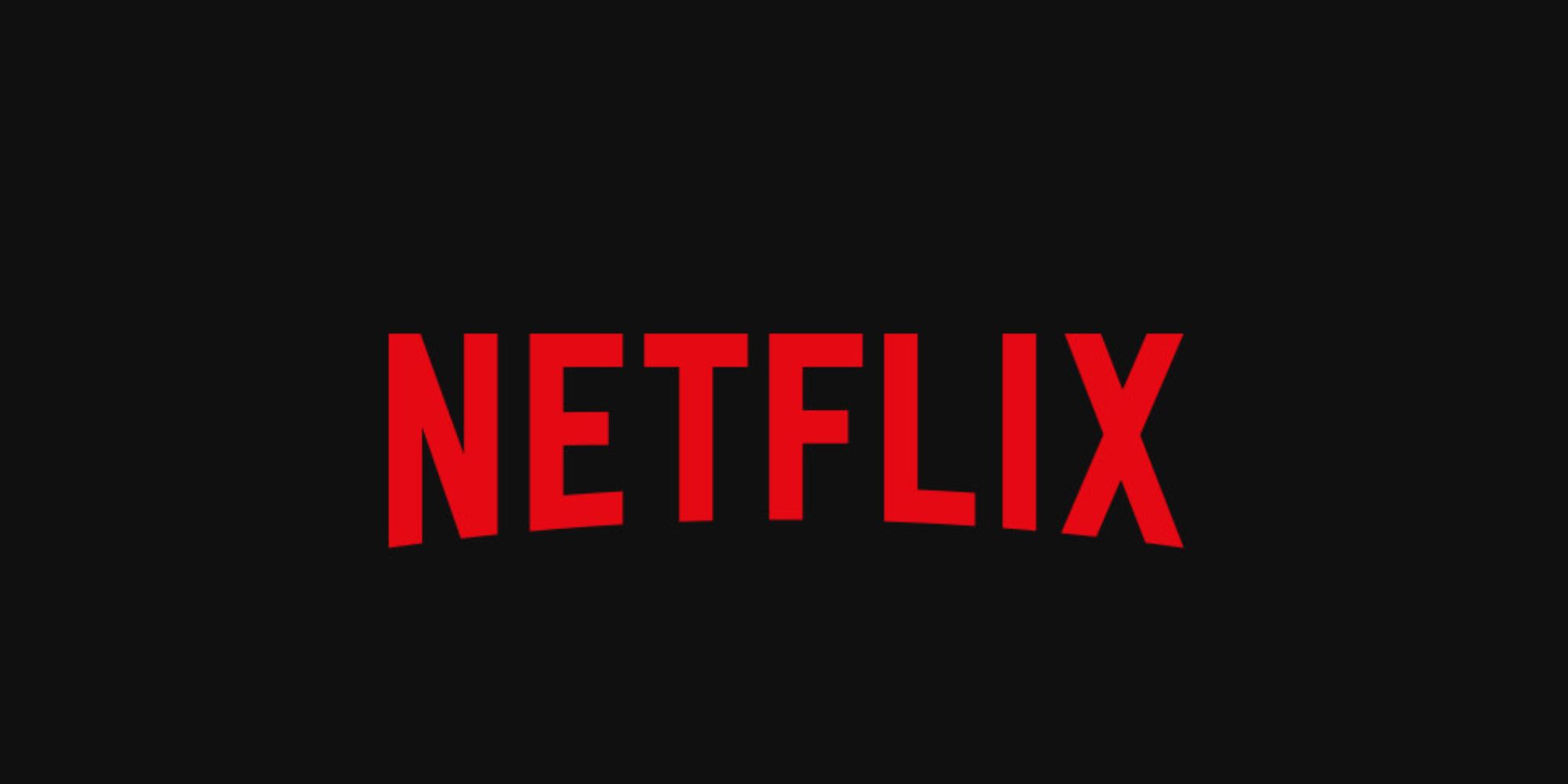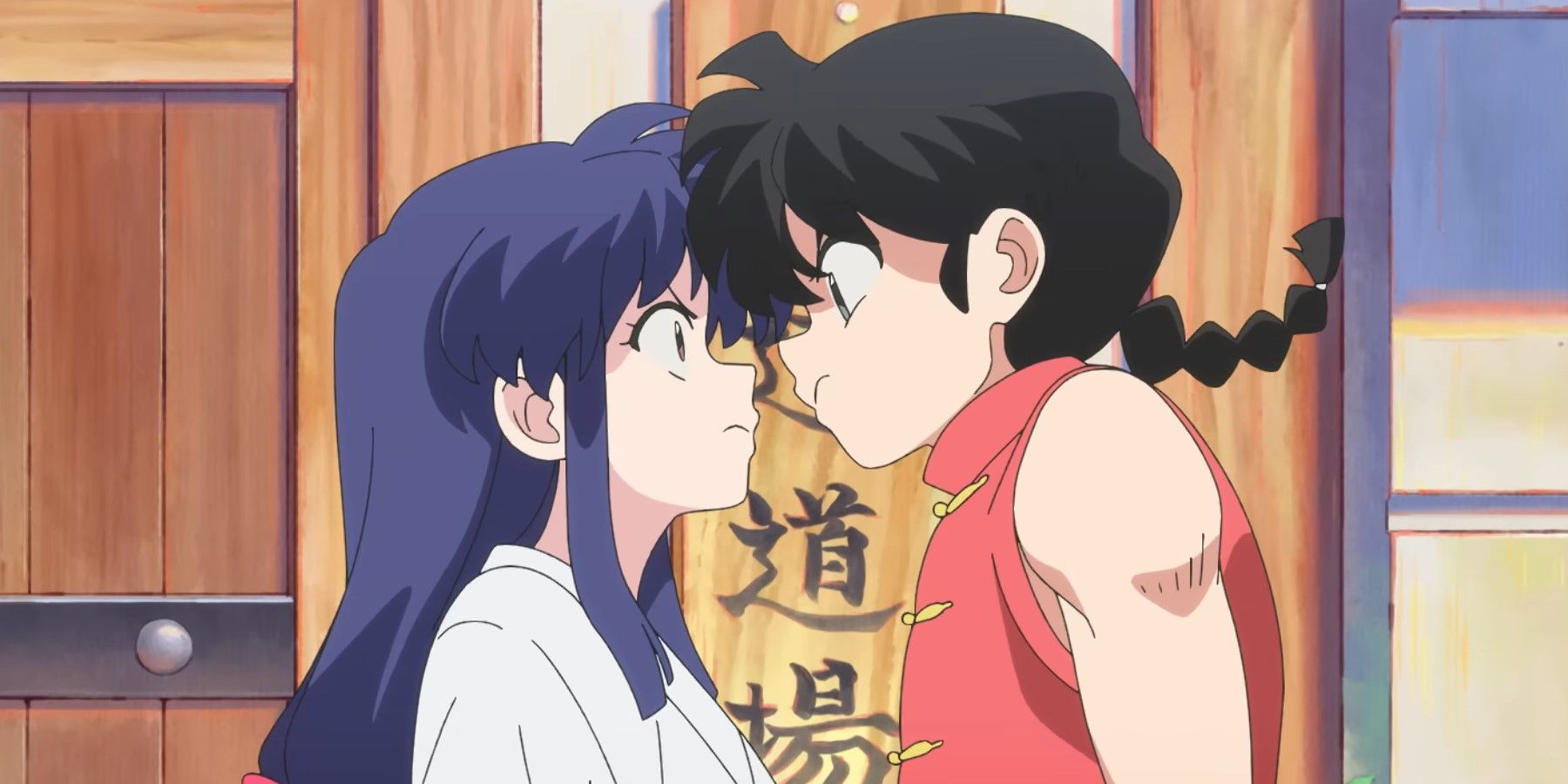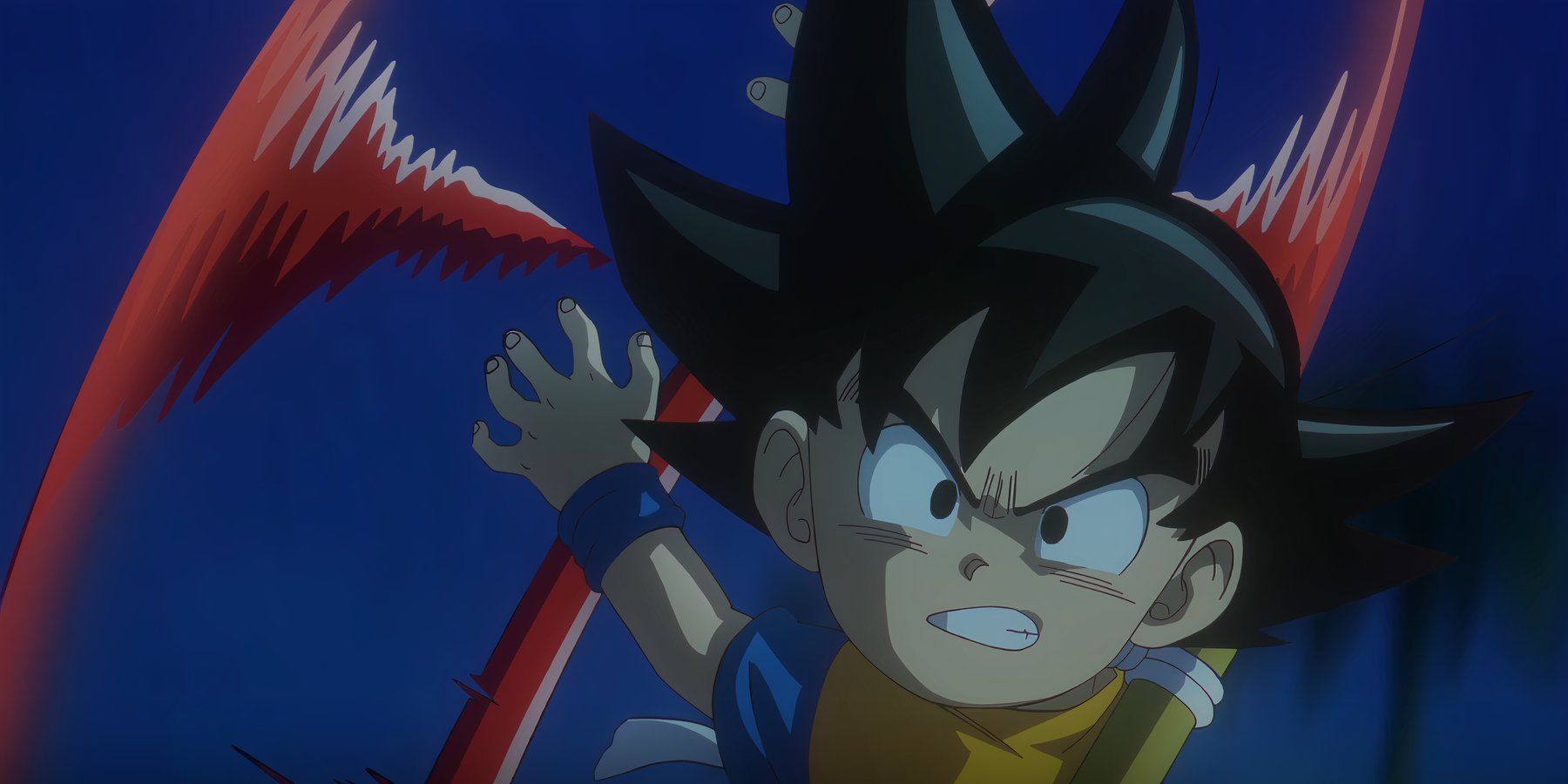Games
How Dragon Ball and Ranma Forced a Major Change on Netflix

Key Takeaways
Table of Contents
- Netflix primarily uses binge-release model for new anime, but made concessions for weekly releases of
Dragon Ball DAIMA
and
Ranma ½
. - Both
Dragon Ball DAIMA
and
Ranma ½
are anticipated anime with built-in audiences, making them attractive offerings for a streaming service like Netflix. - Netflix negotiated to simulcast and share release of these popular anime titles, deviating from its typical binge-release strategy.
Netflix is pretty much a household name at this point. It is difficult to find a house or business that does not have a Netflix account on standby, and the company is so huge that they have disrupted more than one industry. So big are they, that filmmakers like Gretta Gerwig are having conflict with them about how they want their movies to be seen and how Netflix wants their movies to be seen.
However, Netflix does cave on stances once in a while, and in the case of these two anime, Netflix made some major concessions to be able to show the titles on their platform. What are these changes? Read and find out!
Related
What’s Your Favorite Netflix Original Series?
Though I’ve definitely had a lot of fun watching Netflix original series, especially the first few seasons of Orange Is The New Black and much of Stranger Things, I think the best Netflix original series is not a story-driven show at all. Our Planet is a now-two-season documentary series produced by Netflix that doesn’t shy away from important current messages alongside its Planet Earth-like exploration of nature’s beauty – it’s even narrated by Sir David Attenborough. As one of the best-shot nature documentaries currently out there, watch it on the best screen you possibly can, with good audio, and it will feel like you are being transported across the world to witness these moments in nature firsthand.
What is Netflix?
Netflix is a tech company whose primary product is a streaming service that offers a wide range of TV shows, movies, documentaries, and original content to subscribers. Founded in 1997 by Reed Hastings and Marc Randolph, Netflix initially started as a DVD rental service by mail (partially as retribution for receiving a late fee from Blockbuster). Netflix operates on a subscription model, allowing users to access its extensive library of content on-demand. It is available in nearly every country and supports multiple devices, including smartphones, tablets, smart TVs, gaming consoles, and computers.
One of Netflix’s significant contributions to the industry is its investment in producing original content, which began around 2013 with hits like House of Cards and Orange Is the New Black. Since then, Netflix has branched out into producing new anime, including becoming the primary distribution partner of Studio Ponac, a film studio founded by mostly former animators of Studio Ghibli. Aside from Crunchyroll, they are arguably the biggest distributor of anime in the streaming marketplace in America.
What is their Streaming Model?
Netflix primarily uses a “binge-release” model, where all episodes of a new season of a series are released at once. This model encourages viewers to watch multiple episodes back-to-back, allowing them to consume a season at their own pace. This is the release strategy that put them on the map, as no longer would viewers have to wait months to watch seasons of their favorite shows. This model does extend to anime, in which most anime are either held off for complete drops or are held until there are “blocks” of a show they can release. Most recently, Komi Can’t Communicate was used as an experiment to drop a few episodes every couple of weeks. It appears that the company is experimenting with one more release model in the anime field now.
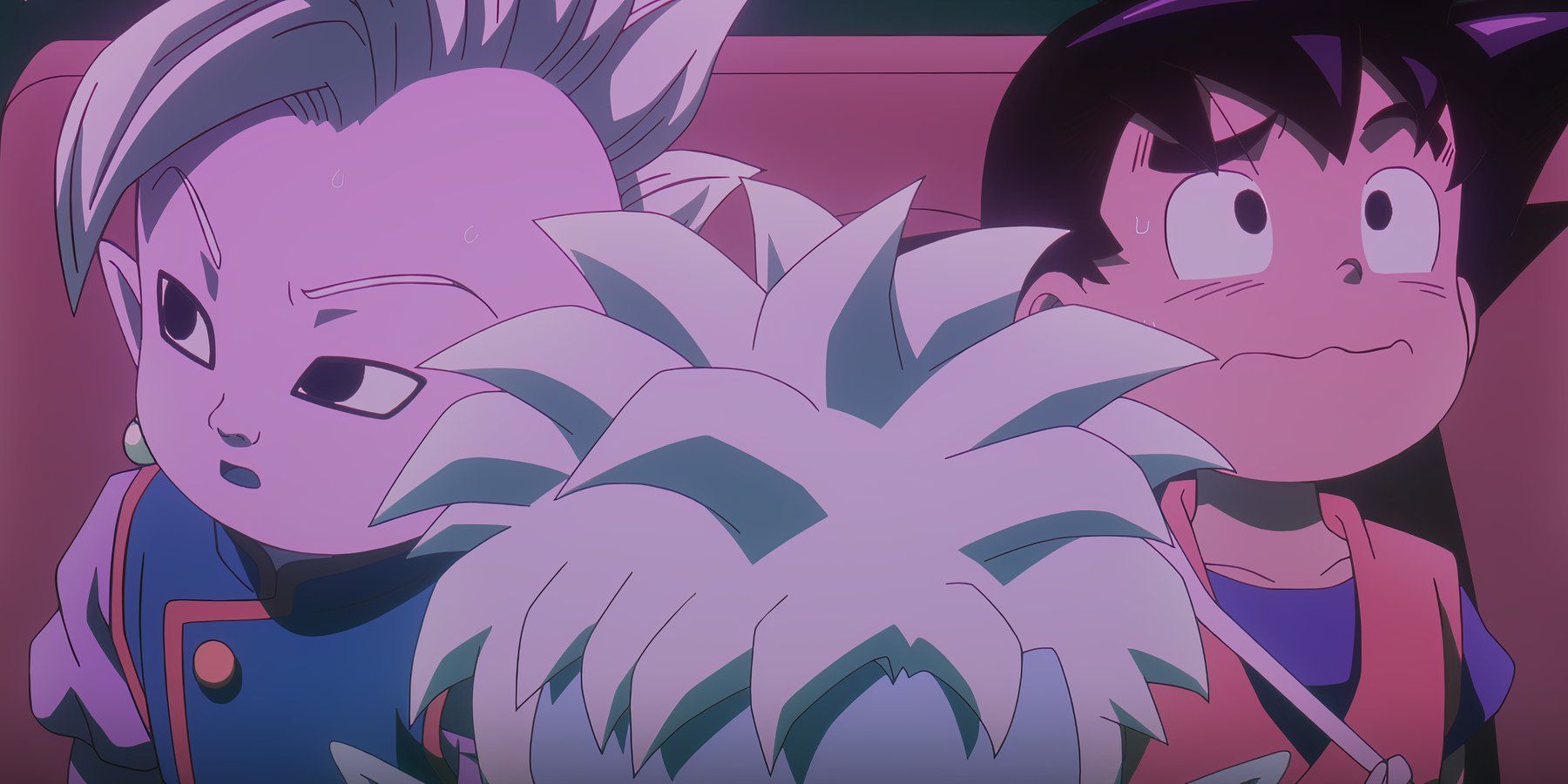
Related
Dragon Ball DAIMA Enters Space (As Resemblances to Another Show Become Apparent)
Dragon Ball DAIMA heads into space, drawing fan comparisons to another iconic series as new cosmic adventures and familiar themes emerge.
Two of the Biggest Fall 2024Anime
Two of the biggest anime this year is Dragon Ball DAIMA and Ranma ½. Dragon Ball DAIMA is the latest anime from the Dragon Ball universe (and the final one to be written and produced by series creator Akira Toriyama), in which the Z Fighters are turned back into kids. Ranma ½ is a reboot of the gender-bending classic comedy from Rumiko Takahashi, and is following in the footsteps of the successful Urusei Yatsura reboot.
Why Were They So Anticipated?
Both of these franchises are some of the biggest in Japan, and both series were considered “gateway anime” to many viewers in the US. What’s more, the titles have lots of fans worldwide, which meant the built-in audience for both shows had the potential to be enormous. Unlike most unproven titles (or proven titles with controversial creators behind them), these were the kind of series that could drive subscribers to a service. Not only was this good for the American release, but considering the (still uphill) battle streaming has had in penetrating Japanese homes, such shows could make a streaming service more attractive in Japan. This is where Netflix comes into the picture.
The Deal with the Devil Netflix Made
Disney figured out months ago that if Disney+ was going to make an impact in Japan, they would need to be in the anime business. This is one of the reasons they funded Akira Kurosawa’s Sand Land, which they hoped would be a big enough draw to get Japanese homes to subscribe to Disney+ (the series is under the Hulu tab in America). Netflix, likely, has also been investing in anime productions. However, most of them have not been breakout hits due to Netflix’s binging model that lands most anime behind “Netflix Jail” (as it is dubbed by anime fans). This means the show isn’t released until Netflix has enough episodes to do a binge drop. The thing is, Dragon Ball and Ranma ½ are huge titles that more than one company wants to have on their service.
When it comes to negotiating, Netflix does not have the power to dictate the schedule with these properties as they do with others. So, when it came time to negotiate for Ranma ½, Netflix caved and agreed to a weekly release so that the series could be simulcast. When it came to Dragon Ball DAIMA they caved more. Not only did they agree to a weekly release, but they would share the release with Crunchyroll in the states (and even agreed not to air new episodes until a couple of days after Crunchyroll does). Agreeing to weekly releases and sharing a brand-new show are both extremely unusual terms for Netflix to agree to, but they did so because that’s how important they saw these shows being on their platform. So, hey, maybe there IS hope for Greta Gerwig getting her ‘Narnia’ reboot into movie theaters after all?!
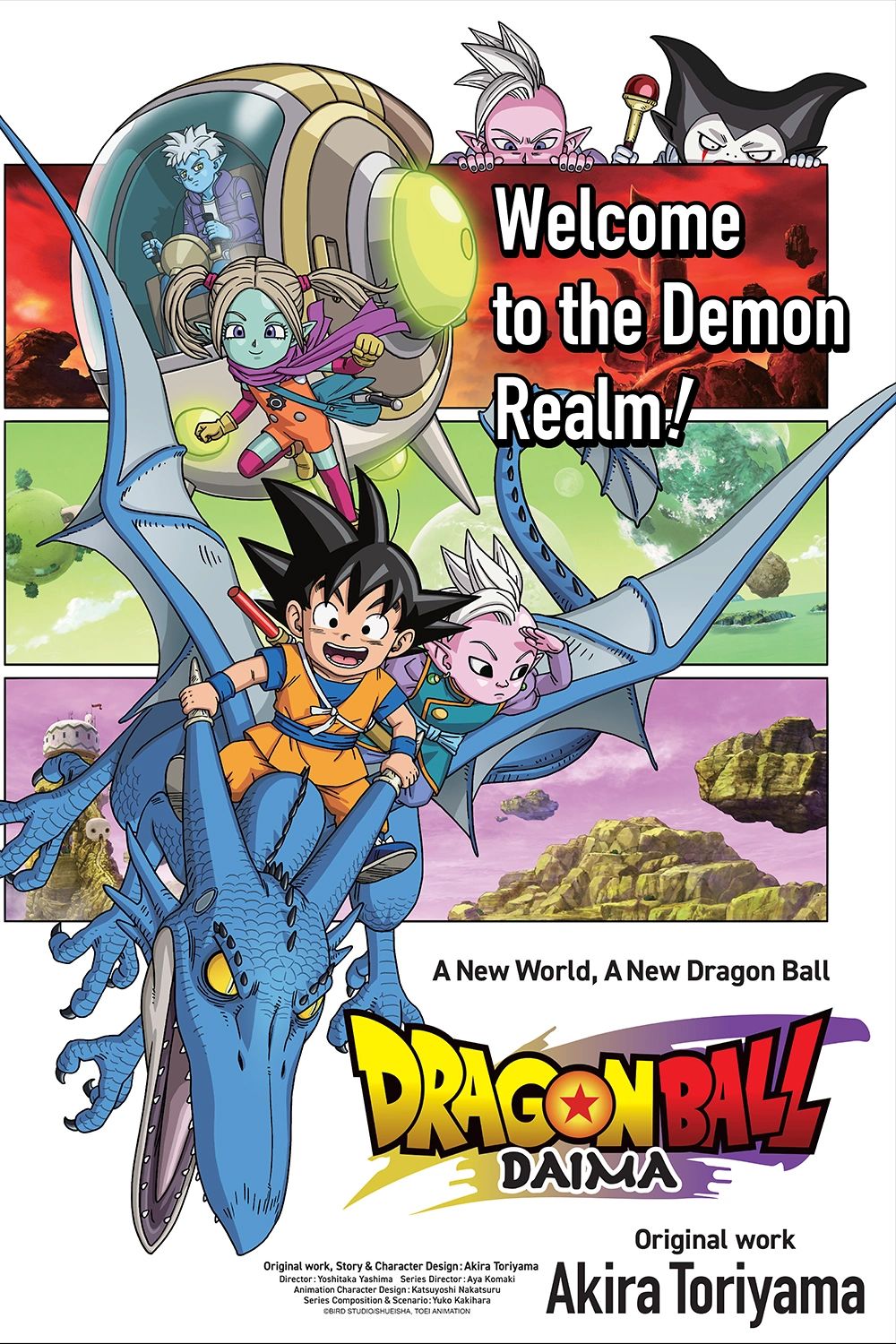
Dragon Ball DAIMA
Dragon Ball Daima is the latest anime in Akira Toriyama’s legendary franchise. After being transformed into a child, Goku must travel to a new world to try and turn things around.
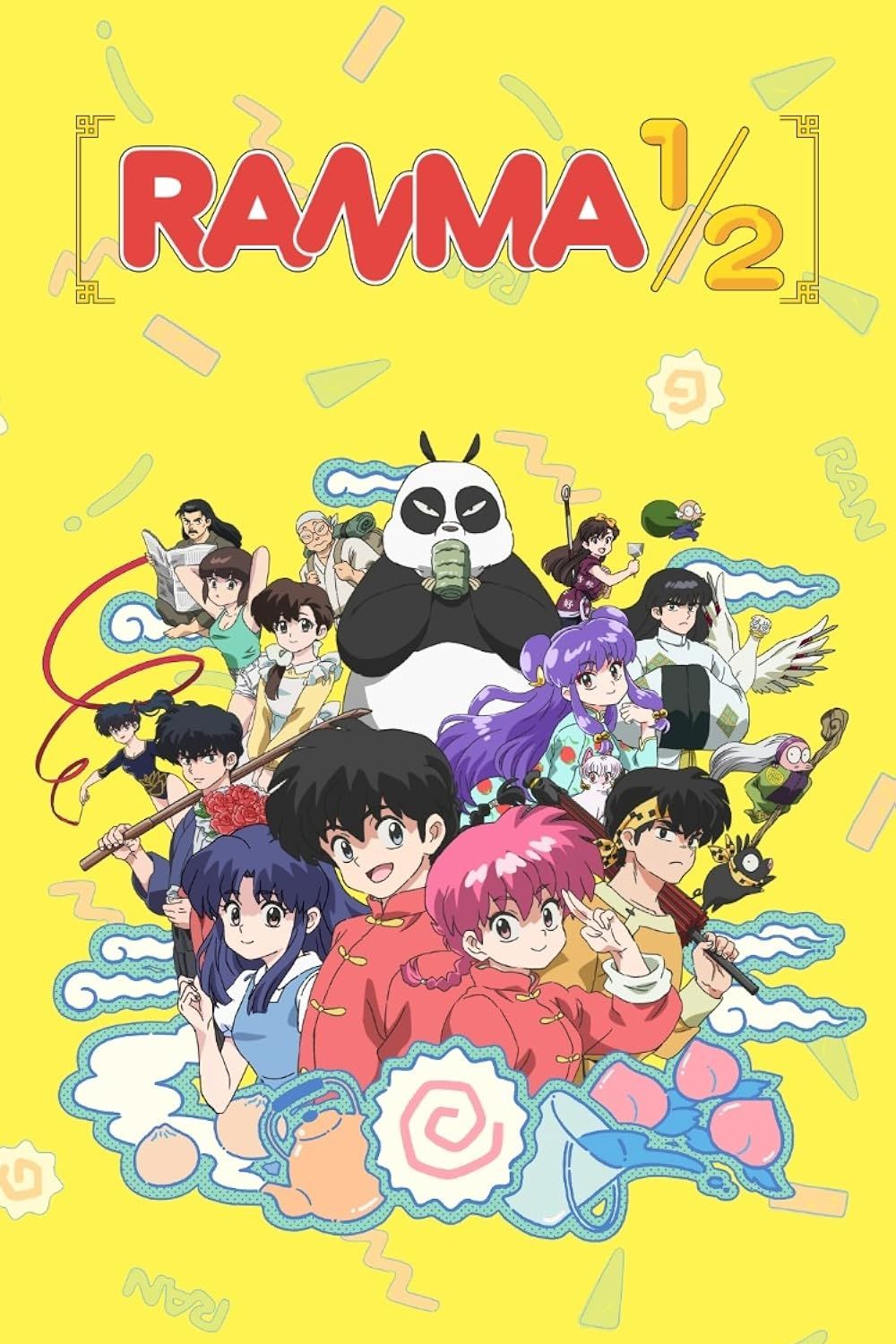
Ranma 1/2 (2024)
In this comedic series, martial artist Ranma Saotome navigates life with a unique predicament: he transforms into a girl when splashed with cold water. His engagement to Akane Tendo adds further complexity, as they encounter numerous challenges within familial and martial arts dynamics.
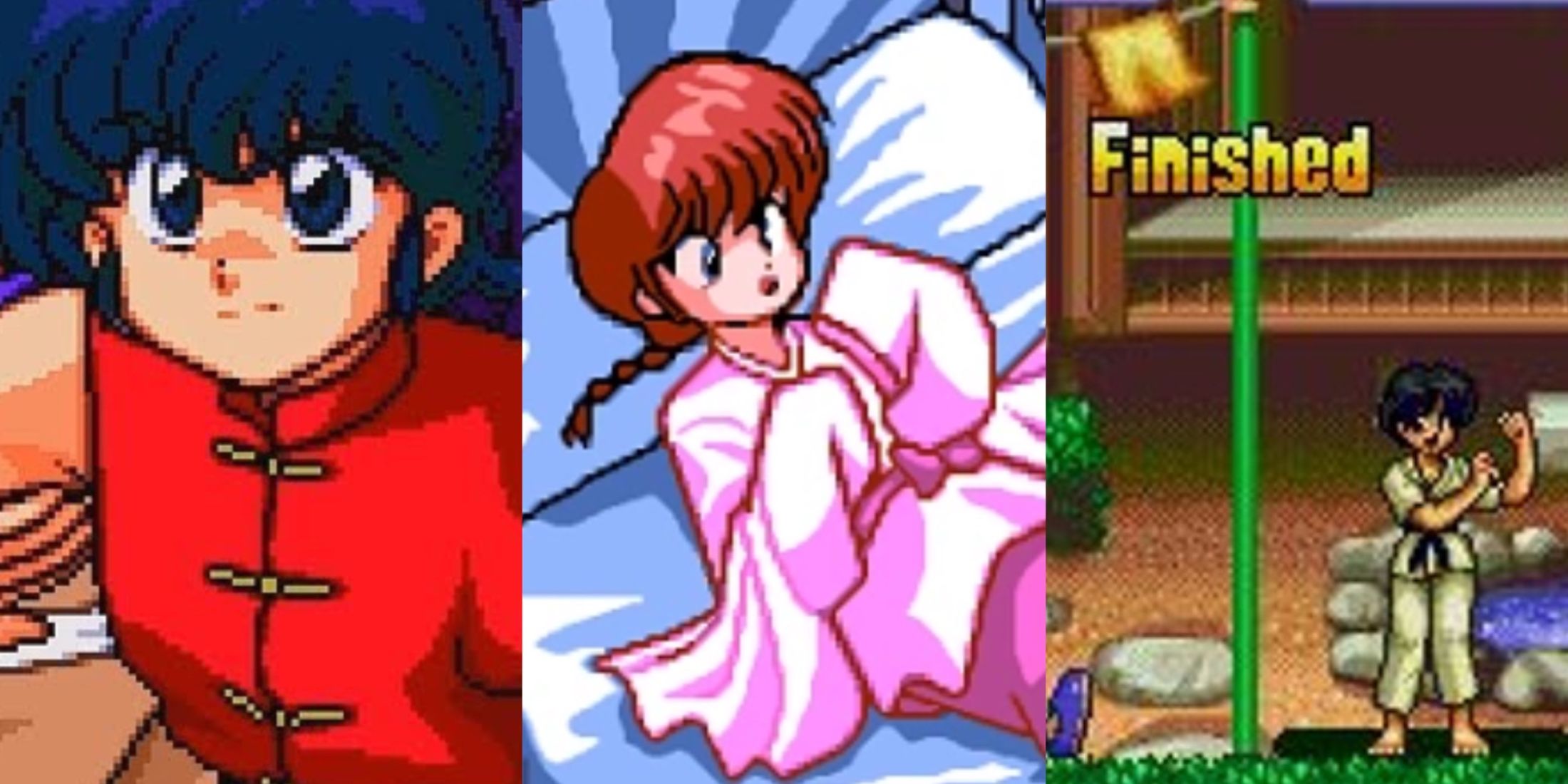
More
8 Best Ranma 1/2 Games, Ranked
Ranma 1/2 is a classic anime and manga series from the late 80s that received a ton of early video game adaptations, some better than others.
-

 Games4 weeks ago
Games4 weeks agoHow to Use Instruments in New World: Aeternum
-

 What To Watch4 weeks ago
What To Watch4 weeks agoTalpa Studios’ Hit Quiz Format ‘The Floor’ Expands to 20 Countries
-

 Tech4 weeks ago
Tech4 weeks agoApple expands Business Connect tools to help firms stay in touch with customers
-

 Tech4 weeks ago
Tech4 weeks agoSonos confirms some missing details about Arc Ultra – and says its app now has 90% of its missing features back
-

 What To Watch4 weeks ago
What To Watch4 weeks agoOne Direction Fans Sing and Cry in London
-

 Games4 weeks ago
Games4 weeks agoHonkai: Star Rail Leak Teases Sunday and Fugue's Light Cones
-

 What To Watch3 weeks ago
What To Watch3 weeks agoVenom 3 Ending, Post Credits Scenes Explained: Who Is Knull?
-
!['Venom: The Last Dance' ending, explained: What happened to [redacted]? 115 hero image.fill .size 1200x675.v1729702186](https://www.themearound.com/wp-content/uploads/2024/10/hero-image.fill_.size_1200x675.v1729702186-400x240.jpg)
!['Venom: The Last Dance' ending, explained: What happened to [redacted]? 116 hero image.fill .size 1200x675.v1729702186](https://www.themearound.com/wp-content/uploads/2024/10/hero-image.fill_.size_1200x675.v1729702186-80x80.jpg) Entertainment3 weeks ago
Entertainment3 weeks ago‘Venom: The Last Dance’ ending, explained: What happened to [redacted]?

